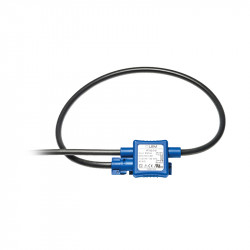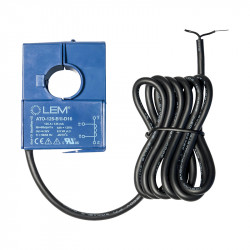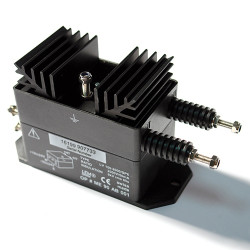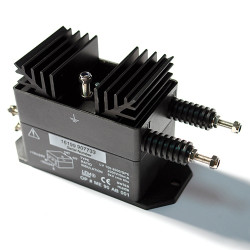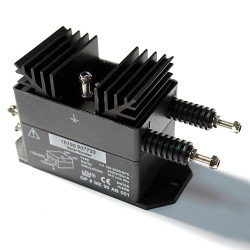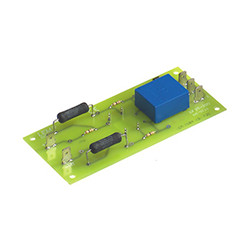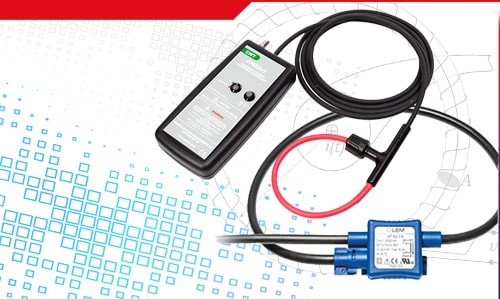Lem Company was established in 1982 and is a leader on the market in producing high-quality transducers for measuring electrical parameters. It is a global organization with production plants in Beijing (China), Geneva (Switzerland), Tokyo (Japan) and in Sofia (Bulgaria), and sales offices around the world.
All products can have many different application options, including variable speed drives for motors, power supplies for industrial applications, AC/DC converters, uninterrupted power supply systems for computers, innovative energy applications (micro turbines, wind, and solar power generation), automotive applications (battery management, chargers for green cars).
Lem’s assortment offers products such as current and voltage transducers, multifunction transducers, smart electronic battery sensors, smart shunts, integrators for rogowski coils, and energy meters.
Lem received the ISO 9001 and ISO 14001 certificate and takes actions towards better environmentally-friendly production.
They also work in compliance with the RoHS directive that decreases the allowed limit of hazardous substances in the electronic and electric devices (EEE) sold in the European Union, WEEE (Waste Electrical and Electronic Equipment) and Conflict Minerals directive that pledges countries from the union that import tin, tantalum, tungsten, and gold, to make sure that in the delivery chain there are no products that could be financing an armed conflict.






